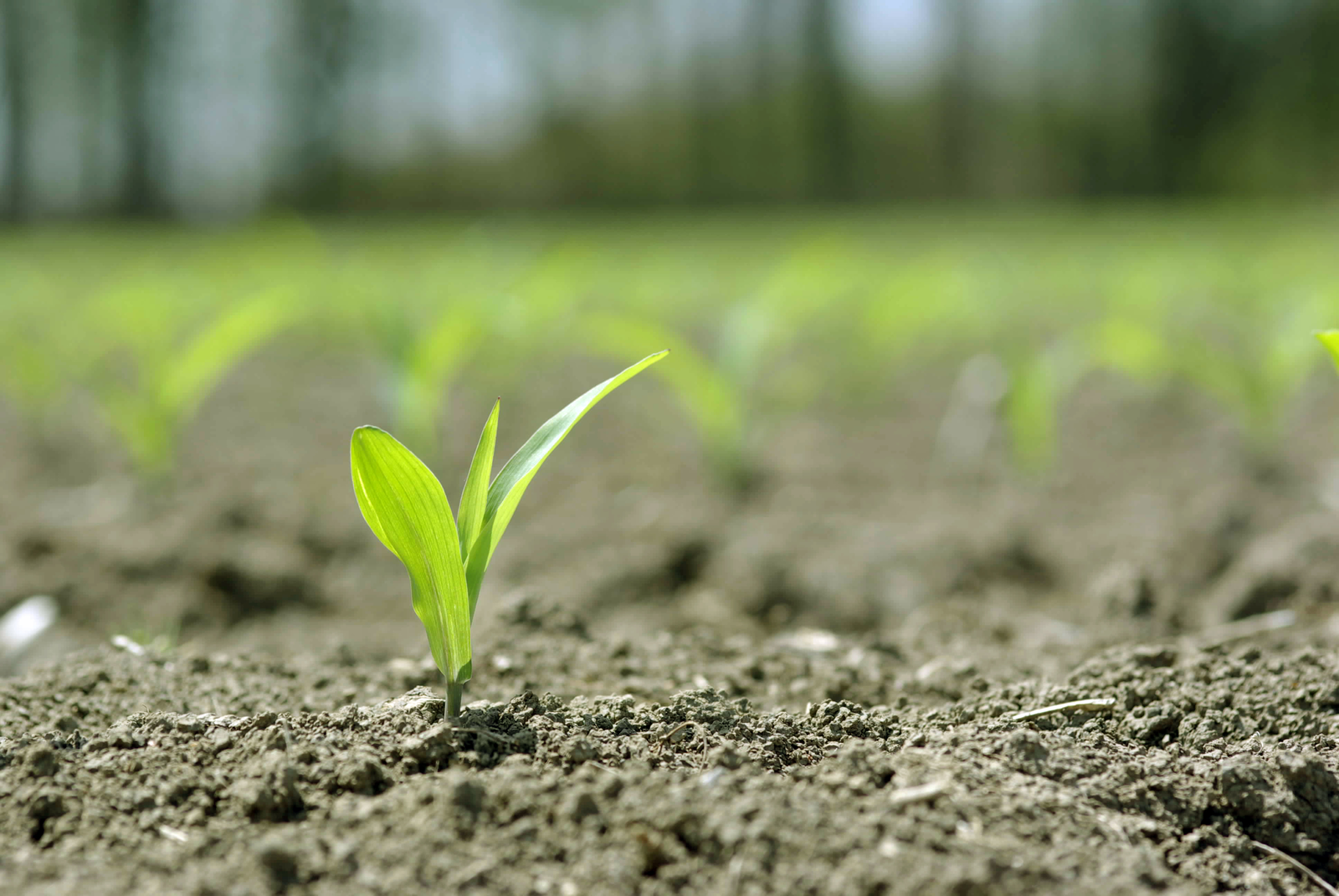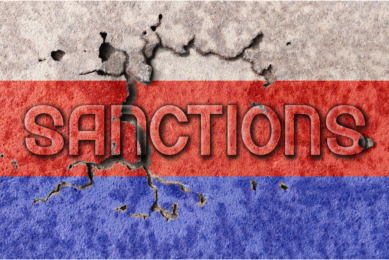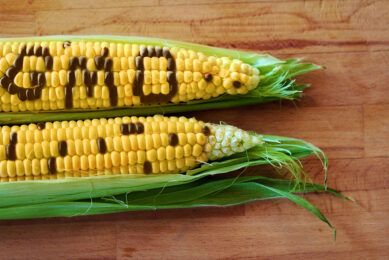GM legislation to change Russian feed market

At the end of last year, Russia officially allowed the ?cultivation of genetically modified crops with their further use in feed and food production. As expected, there are ?proponents and opponents.
By Vladislav Vorotnikov,
Russian correspondent
Russia used to be free of genetically modified organisms (GMO’s), but in September 2013 Prime Minister Dmitriy Medvedev agreed on a new legislation, allowing GM (genetically modified) seeds to be cultivated and imported in Russia. The new legislation is a result of a long battle between proponents and opponents on the use of GM seeds and crops. Russia has released many different statements on the issue and not so long ago there were intentions to ban GMO import altogether or to completely allow cultivation of GMO in Russia. In particular Vladimir Putin is known to be against the use of GM. Nevertheless, the new legislation means that the GMO lobby won the battle and Medvedev (pro GMO) signed the new legislation. Practically speaking, the new legislation means that farmers can start buying seeds and planting them in July of 2014, when the decree officially comes into effect. However, registration for genetically modified (GM) seeds to enter Russia will probably take a couple years. It is therefore expected that the first harvest of genetically modified corn and soybeans, the ones that are of most interesting for producers, will hit the market no sooner than 2016-2017.

Prime Minister Dmitriy Medvedev signed the decree in September 2013 outlining the procedure for registration for GMOs, as well as giving the go-ahead for plan to carry out tests to examine the safety of GM varieties
Return of profitability
Opponents of GM crops rely on data backing up the fact that GM crops generally increase yield of certain crops. In Russia, annual bonus of cultivation GM crops in future may reach 30-40 million tonnes, or more. In addition, some genetically modified varieties can be grown in cold, non-agricultural regions of the country and will survive and give a good yield. This could be interesting for some cold and dry regions in Russia. “Cultivation of genetically modified raw materials for animal feed will significantly raise margins in both the livestock and the compound feed business. Today in the context of the negative situation within the meat industry and the increased raw material prices for animal feed in the last two years, manufacturers are eager to start using GMO resources for feed. It is expected that it will return profitability even to small and medium-scale business and will enable Russian producers to compete with imports in terms of price, which is extremely important for the further development of the livestock industry in the country as well as for the increase of export supplies”, Russian agricultural analyst Eugene Gerden explains. With GM crops, feed prices might drop, which can be translated into a significant drop in production costs of animal protein and eggs and hence retail prices. As estimated by the Russian Ministry of Agriculture the income for farmers from the cultivation of the certain types of GM corn on average could be by 20% more than with the growing of organic corn.
Illegal use of GM crops
Before the rule comes into effect on July 1st, GM varieties are banned to enter Russia or to be cultivated. However, according to the head of the Russian Grain Union Arkady Zlochevskiy, GM crops have been illegally grown in Russia for years. He estimates the area of illegal GM crops to be around 400,000 hectares. “The area of uncontrolled cultivation of GM corn and soybean crops is rapidly increasing, and corn takes up about half the illegal acreage”, Zlochevskiy says. According to him there are currently no control systems for genetically modified plants in Russia. “With the recent decision from the government to allow registration of genetically modified seeds, a large number of producers will come out of shadow and maybe these companies will be better controlled in the future”, Zlochevskiy hopes. He addresses that the information on how and where the genetic code of plants have been changed should be registered properly. Zlochevskiy: “But with poorly equipped Russian regional laboratories, this is a challenge. Some Russian companies misuse this lack of control in the market and are importing seeds of genetically modified plants illegally”. The Director General of the Institute for Agricultural Market Dmitry Rylko estimates that currently about 5% of all corn and soybeans are transgenic. According to experts, large agricultural holding and even smaller producers use the GM crops to feed their livestock. Minister of Agriculture Nikolai Fedorov wants to make the new legislation as strict as possible to prevent GM seeds being allowed to enter or to be cultivated in Russia. Fedorov, known to be against GM use, says Russia should take the strict legislation procedure as followed by the EU as an example.

Russian people protest against imports of GM crop seeds. Population surveys show that roughly 78% of Russians are against the use of genetic modification in the animal feed industry and about 44% expressed a willingness to pay even higher price for livestock products if it is organic
Moratorium demanded
When talking about GMO, opponents can also be expected, especially among consumers and scientists. Russian scientists from a number of universities in the Central Federal District are indeed concerned about the allowance of GM crops into Russia and have published a report stating the impact of products containing GMO (genetically modified organisms) on the human body have not been appropriately studied. The National Association of Genetic Safety recommends introducing a ten-year moratorium on the use of transgenic crops in Russia. During this time, experts are going to examine their effects on the human body to conclude whether GMOs are safe or not. “We need to ban cultivation of GMO in the country with a moratorium of at least ten years. And at this time, while GMO are banned, we can plan experiments and maybe we will develop new methods of research”, according to Irina Ermakova, vice president of the National Association for Genetic Security. Ermakova: “Many researchers agree that GMO may not be safe for humans. Not only in Russia but also in other countries, it has been concluded that GMO’s have a negative impact on the body. The bacterium Agrobacterium tumefaciens has the ability to introduce new genetic material into a plant cell and is often used to create GM varieties. The consumption and the use of GMO’s that are derived this way may lead to tumors, including cancer, as well of obesity in animals”. Ermakova is disappointed that before adopting of the decree to allow the cultivation of GMO products, no proper research was conducted to study the impact of GM products on human health. “Russian consumers are not prepared for GM products”. Population surveys show that approximately 78% of Russians are against the use of genetic modification within the animal feed industry and about 44% expressed a willingness to pay a higher price for livestock products if it is organic. The government certainly will obligate producers to label feed, meat and all other products that contain GM derived ingredients. The benefits may sound promising in terms of increased production, it is still to be seen when the GM product hit the supermarket shelves and if the Russian consumers will actually buy them.
US is the real biotech crop country
The ISAAA (International Service for the Acquisition of Agri-biotech Applications) says the area of land devoted to genetically modified crops has increased by 100 times since farmers first started growing the crop commercially in 1996. A record 170.3 million hectares of biotech crops were grown globally in 2012, up 10.3 million from 160 million hectares in 2011. According to the ISAAA, the acreage of biotech crops grows 6% per year. USA is leading with around 69.5 million hectares of biotech crops in 2012, followed by Brazil and Argentina. The US primarily grows GM maize, soybean, cotton, canola, sugar beet, alfalfa, papaya and squash. Brazil and Argentina both use GM soy, maize and cotton. Interestingly, an increase is seen in developing countries using biotech crops and for the first time in 2012, these countries planted more biotech crops (52%) than industrial countries (48%). In addition, more than 90% or over fifteen million farmers that grew biotech crops in 2012 are small, resource-poor farmers in developing countries. The growth rate for biotech crops in 2012 was at least three times as fast and five times as large in developing countries at 8.7 million hectares against 1.6 million hectares in industrial countries. The five lead developing countries in biotech crops are China and India in Asia, Brazil and Argentina in Latin America, and South Africa on the continent of Africa, collectively grew 78.2 million hectares in 2012 (46% of global) and together represent around 40% of the global population of seven billion, which could reach 10.1 billion by 2100. About 10,000 farmers in Sudan with an average of 1 to 2.5 hectares of land planted Bt cotton for the first time in 2012. The other countries planting biotech crops in Africa are: South Africa, Burkina Faso, and Egypt. (Source: ISAAA)
[Source: AllAboutFeed magazine Vol 22 nr 2, 2014]











